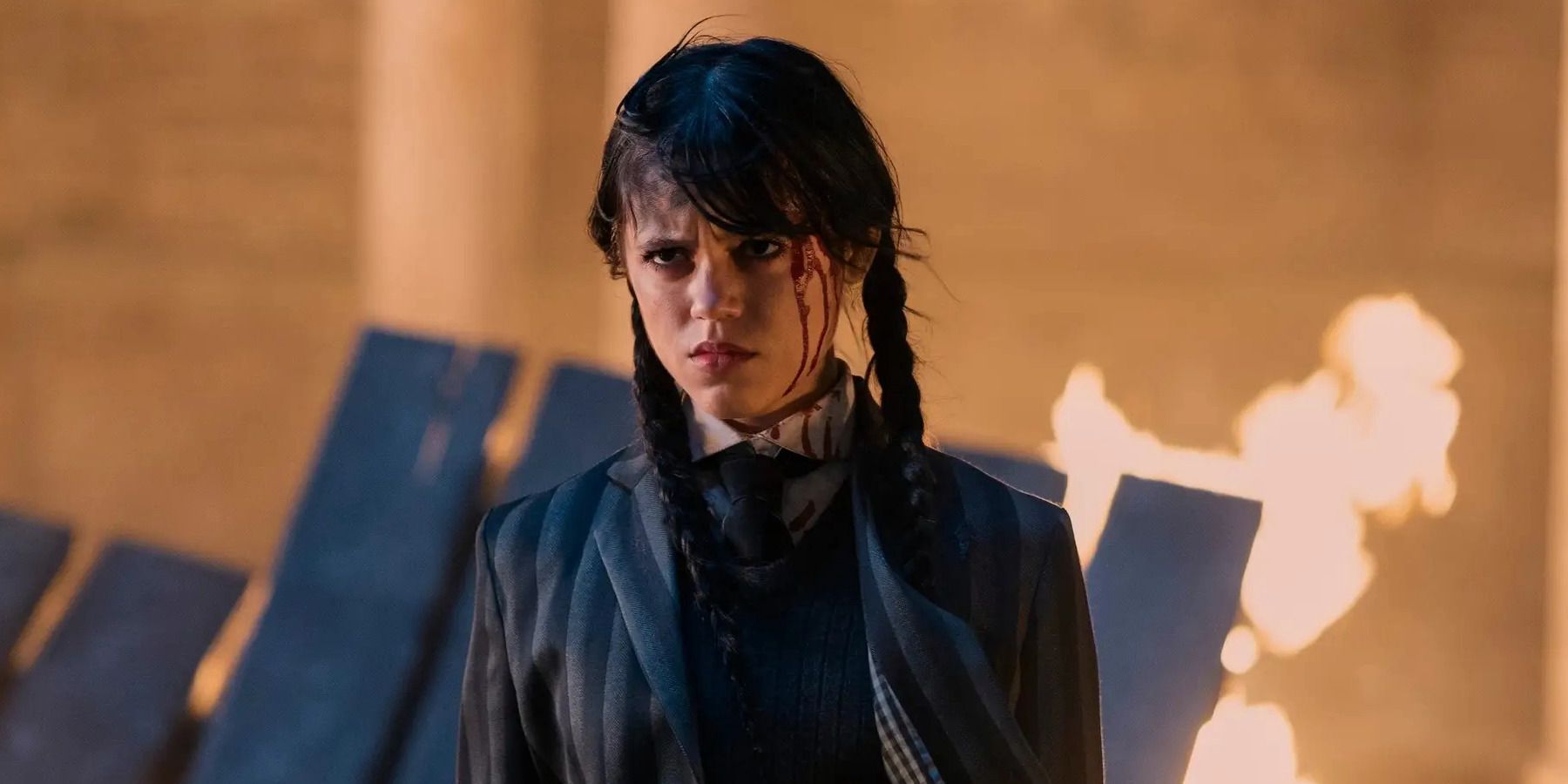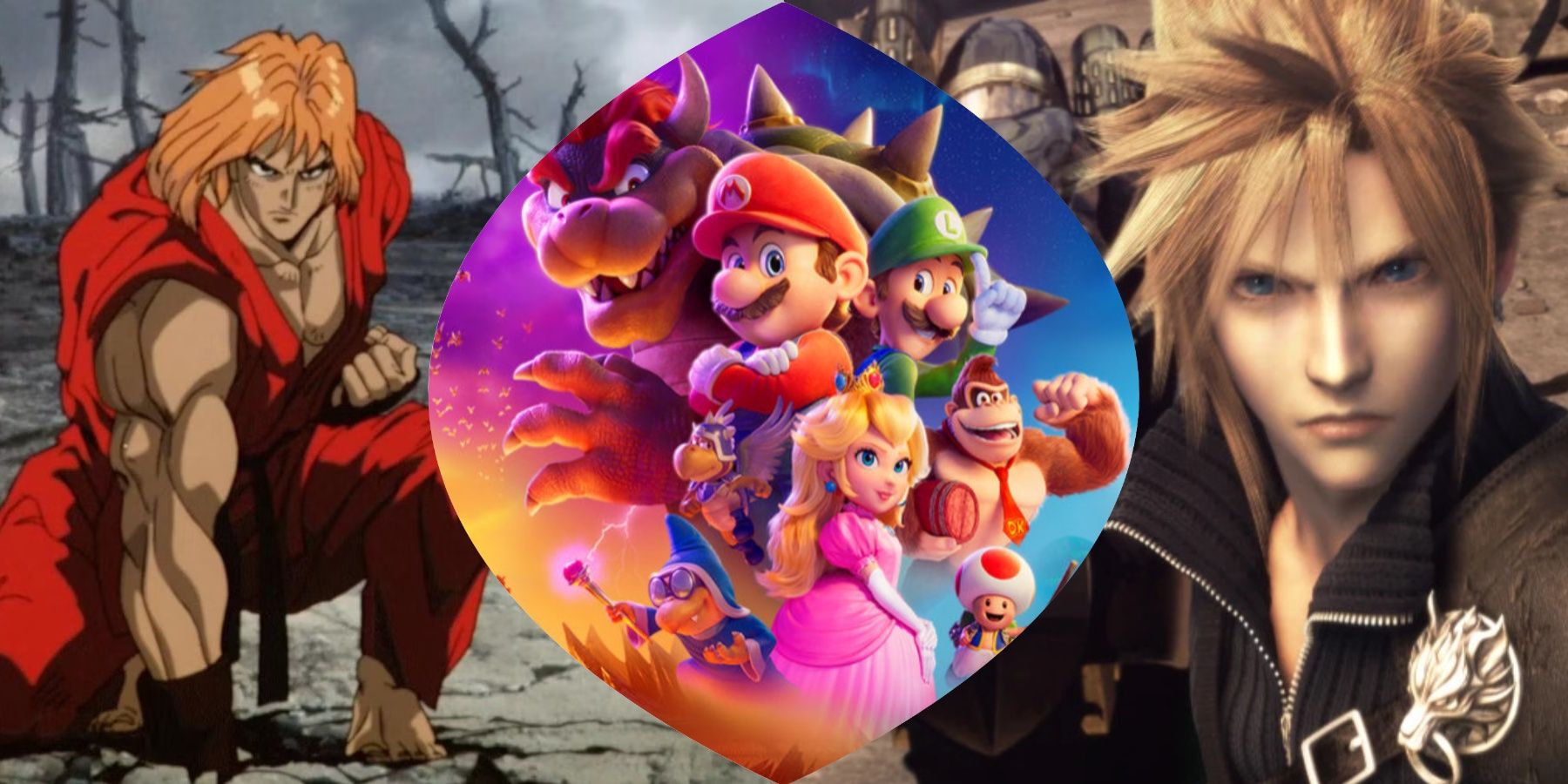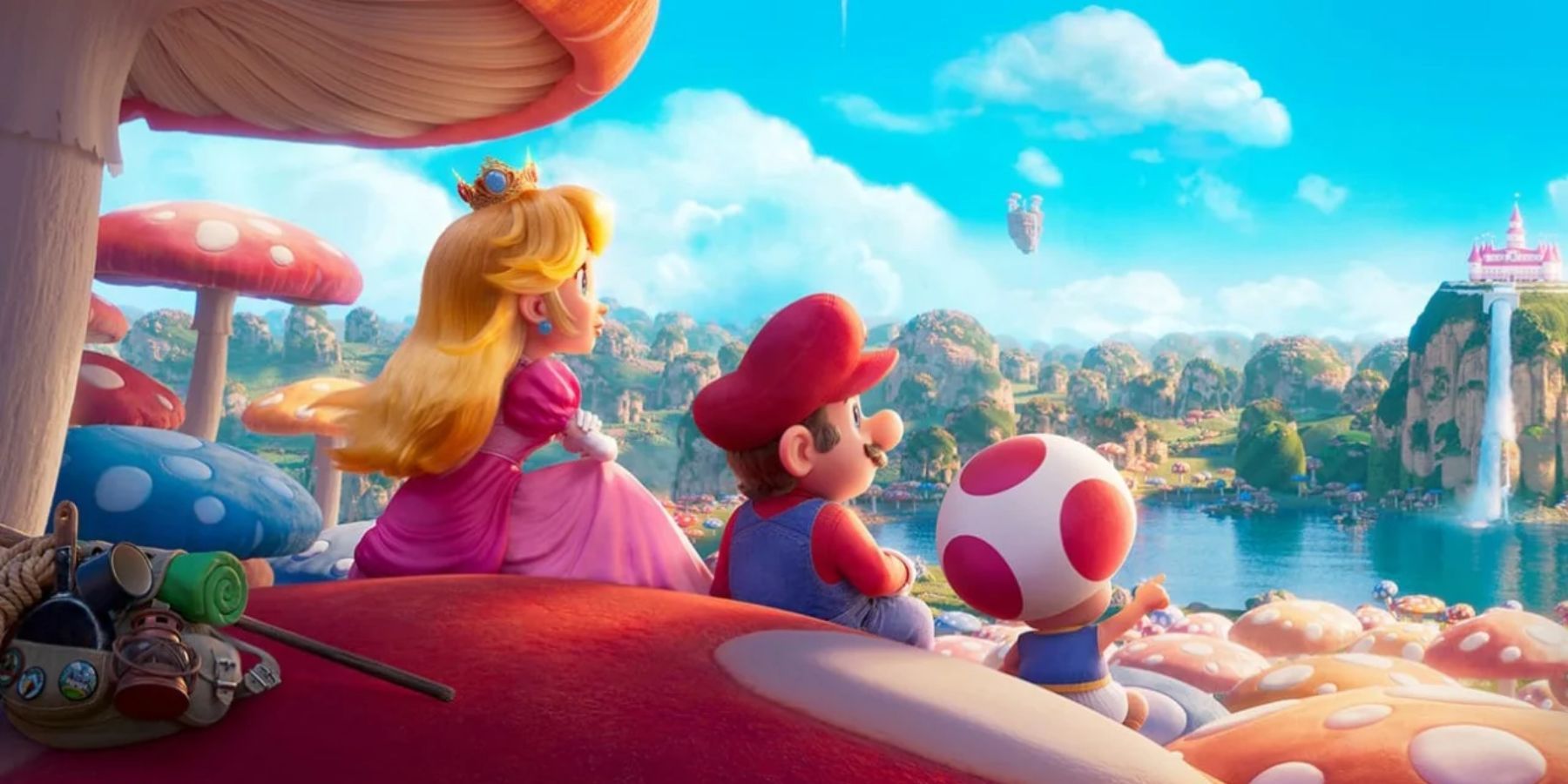Quick Links
Whenever another video game has officially been slated to be brought to the big screen, some fans get a bit nervous. Over the years, there have been dozens of attempts at turning beloved video games into massive live-action films with debatable success. In most instances, video game movies are considered to be big flops, but there is one thing that has recently seemingly allowed them to be received more warmly, and that is animation.
In almost every instance of a video game movie being made, the more realism that is strived for, the more fans just can’t stand the movie. There are always trend breakers, but if the success of the recent Super Mario Bros. Movie is used as an example, it’s not hard to see why animation was beneficial when compared to the first live-action attempt at a Mario movie. The success of the movie, so much that a sequel has been greenlit, has fans wondering if the future of video game adaptations demands animation instead of live-action.
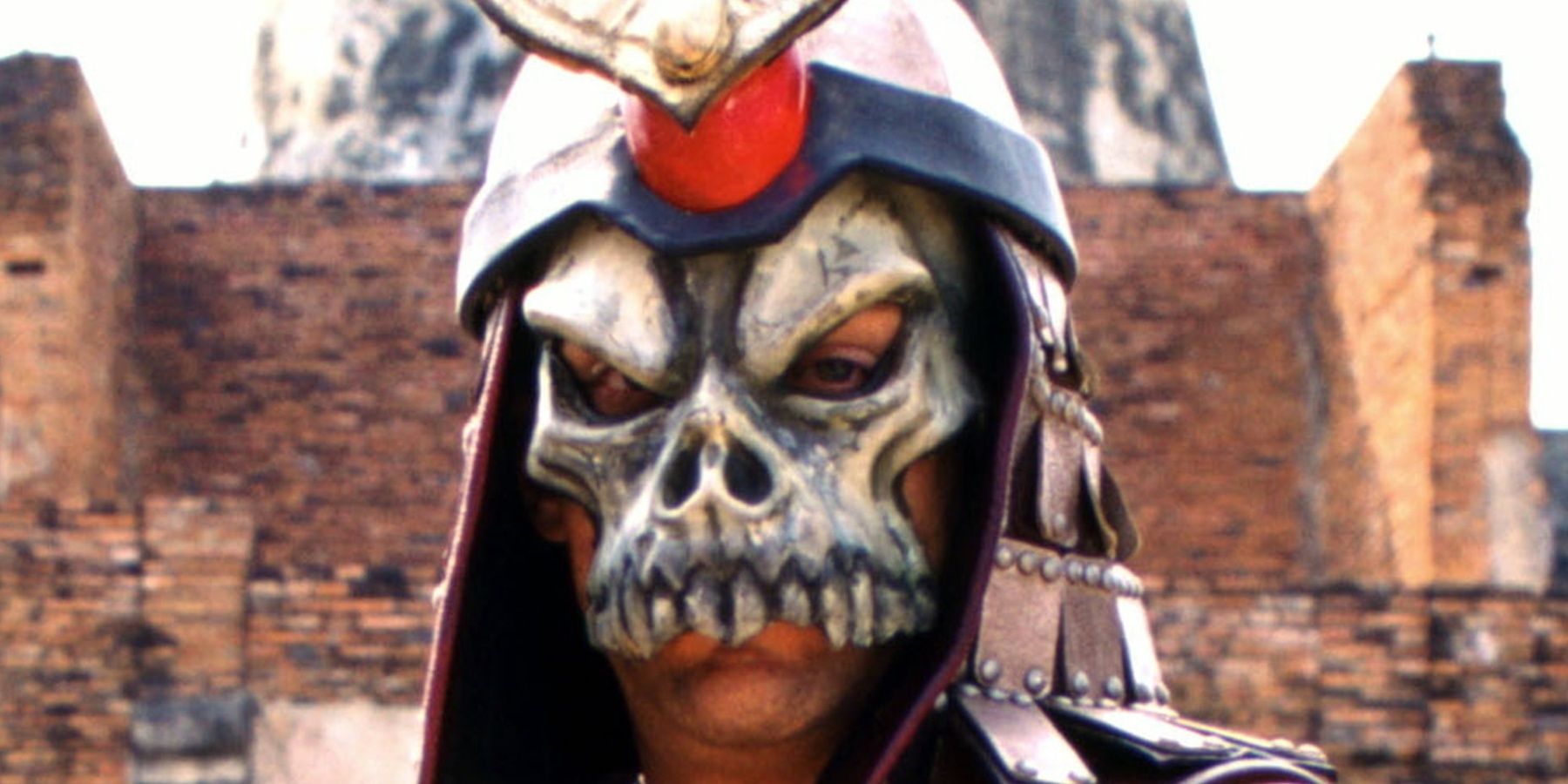
This 1997 Video Game Movie Might Be The Worst Sequel Of All Time
The original live-action Mortal Kombat movie is a guilty pleasure for many, but its sequel, Mortal Kombat: Annihilation is anything but.
Why Have Animated Video Game Movies Done Better With Fans?
Animated Video Game Movies: | Rotten Tomatoes Audience Score: |
|---|---|
The Super Mario Bros. Movie | 95% |
Final Fantasy 7: Advent Children | 84% |
Pokemon: The First Movie | 72% |
Resident Evil: Death Island | 65% |
Resident Evil: Damnation | 70% |
Street Fighter 2: The Animated Movie: | 78% |
When once again look at Super Mario, it’s probably safe to say that most people can’t imagine how the series would look in live-action. Unfortunately, thanks to the bizarre 1993 movie, fans can see that very thing, and even among those who enjoy the film, it’s not hard to find mostly universal disdain for the movie. The recent Super Mario Bros. animated hit may not be one of the most complex films around, but it has been praised widely by the general audience for the movie being a love letter to fans. What is it that makes the two attempts so different? It all comes down to the limitations of live-action when it comes to adapting an animated game that is imaginative, highly stylized, and filled with plenty of aspects that would obviously be uncanny when given a sense of realism.
A great franchise to look at to examine this very idea is the Resident Evil film franchise. It’s not a secret that the live-action movies split fans, with some enjoying them for the turn-your-brain-off action flicks they are, and others hating them for just how disrespectful they could be to the source material at times. When looking at all of the animated films from the series, one will find much more praise overall, and a large reason for this is the ridiculous nature of the series. It’s morphed from survival horror to intense action, and watching someone use wrestling moves on zombies is a lot harder to suspend disbelief for in live-action over animation. While far from the perfect film, Resident Evil: Death Island gives fans everything they want; over-the-top action with all of their favorite characters represented faithfully as they battle against zombies.
When adaptations strive for realism, it becomes much more difficult to remain true to what makes a video game unique. The intensity of solving puzzles with enemies just behind a door, or gaining a power-up that completely changes a character’s appearance becomes much trickier to do in live-action without becoming campy. Even when critics don’t love animated video game movies, like in the case of Pokemon: The First Movie or Final Fantasy 7: Advent Children, fans still love them because of the unique animated nature of the stories that just can’t properly be made in live-action. Essentially, while realism is great, it’s that very thing that strips away what gives many famous video games their identity.
Could A Hybrid Style Work For Adapting Games To Film?
It absolutely is the case that a hybrid style could work when adapting video games into movies. One only needs to look like the fun audiences have with the recent Sonic The Hedgehog movies and Detective Pikachu. Even further, there are additional movies that understand how useful a hybrid style can be like Ready Player One, Alita: Battle Angel, and the Avatar series. If a studio is interested in setting a game’s story in the real world, allowing the imaginative and distinctive characters to be animated is only going to help and not hinder. There’s no real way to effectively put Sonic in a live-action setting without animation unless a studio is deadset on making a bizarre Sonic parody film about some guy in a big blue hedgehog suit, and the same is true for Pikachu.
Realistically, Avatar shows exactly how powerful a hybrid style could be for video game adaptations that do want to strive for realism. Many fans are worried about the upcoming Legend Of Zelda movie considering it’s been said that it will be live-action, but if the movie utilized real sets and locations with real actors performing all the movements, only to then animate those actors, suddenly, the movie might be a lot more enticing for people. A move like this allows for realism in the world and through character interactions, but it still allows for characters to be stylized in a way that doesn't look silly and doesn’t alienate fans. Of course, only time will tell if a hybrid style would work as it is yet to be popularized for video game films, though the few successes might be good indications for studios.
Should Video Game Movies Always Be Animated?
Live-Action Video Game Movies: | Rotten Tomatoes Audience Score: |
|---|---|
Super Mario Bros. | 29% |
Mortal Kombat (1995) | 57% |
Street Fighter | 11% |
Lara Croft: Tomb Raider | 47% |
Resident Evil: The Final Chapter | 47% |
Silent Hill: Revelation | 35% |
Assassin's Creed | 42% |
While video game television series like The Last Of Us has proven that adaptations will not always need to be animated, it certainly will make staying true to games much easier. That thinking doesn’t necessarily apply to series with a heavier focus on realism or where live-action might actually work to the adaptation’s advantage. A perfect example of something like this would be if Yakuza: Like A Dragon were given a film adaptation. For how bizarre that game is, it might actually be one of the few games that could work perfectly in live-action and the nature of the game might only serve to make the comedic and more ridiculous moments even better.
There simply just needs to be a deep analysis done and a partnership with game studios when a studio picks a game or series to adapt to the big screen. The importance of game companies working with studios is highlighted by the producer of the Super Mario Bros. Movie Chris Meledandri in an interview with Bloomberg:
“I’m not familiar enough with how past films worked. I can say with great confidence that we would not have been able to do this without that partnership with Nintendo. One might take from that that the way to make a successful adaptation is to work closely with the creator. I do believe that.”
Some games probably would work perfectly in live action with the right creatives, while others will need a hybrid style, but even more are going to need a hefty dose of animation. Are the central characters, world, and mechanics incredibly unique? Animation or at the very least a hybrid style might be the best bet. If a game lends itself to or strives for realism or tries to present some zany characters in a relatively ordinary world then it will be a lot safer to make a live-action adaptation.
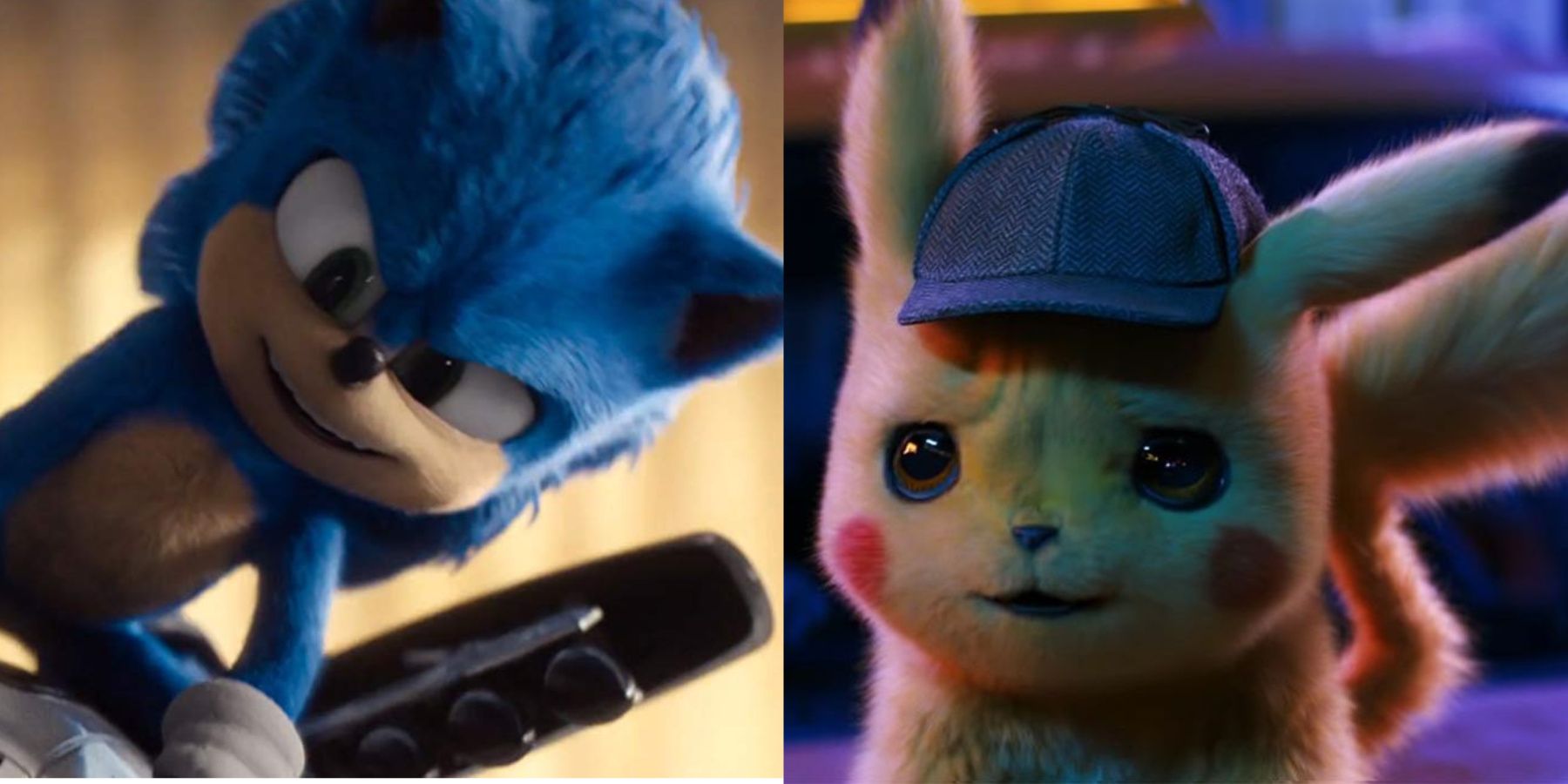
9 Video Game Movies With The Best Audience Scores On Rotten Tomatoes
Video game movies don't often succeed, but the following proved surprisingly good, as shown by their Rotten Tomatoes audience scores.

